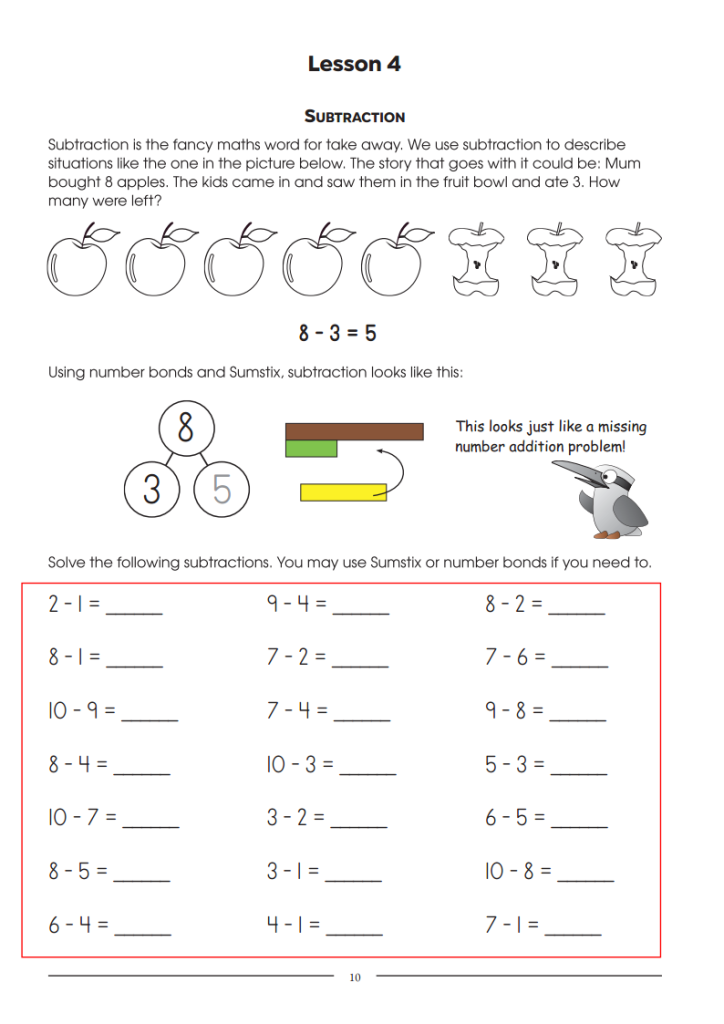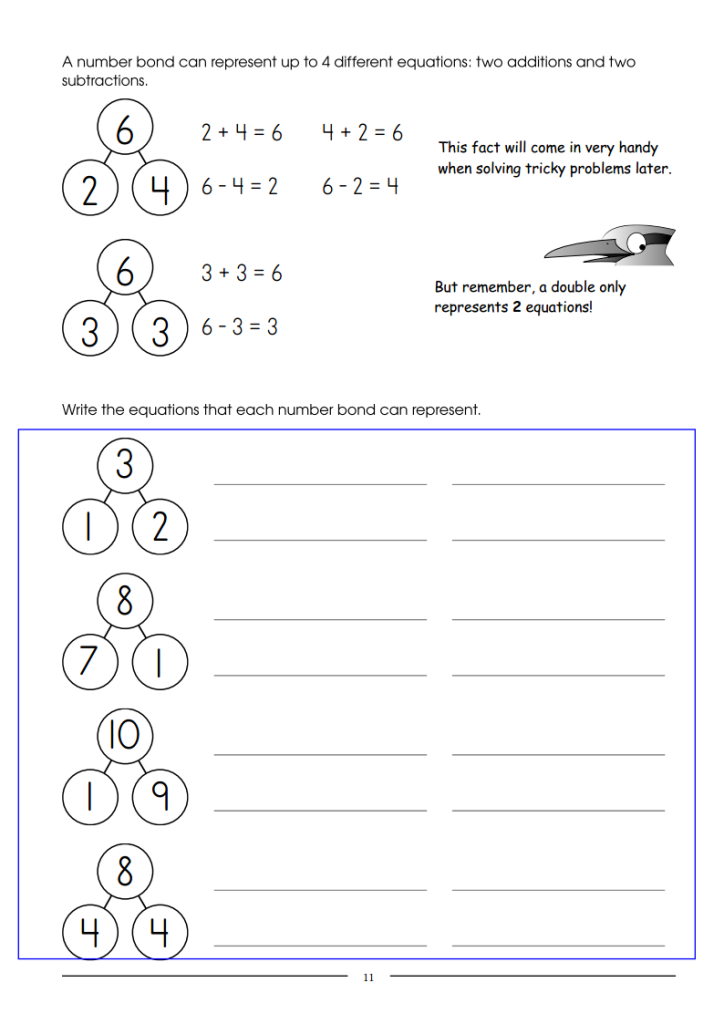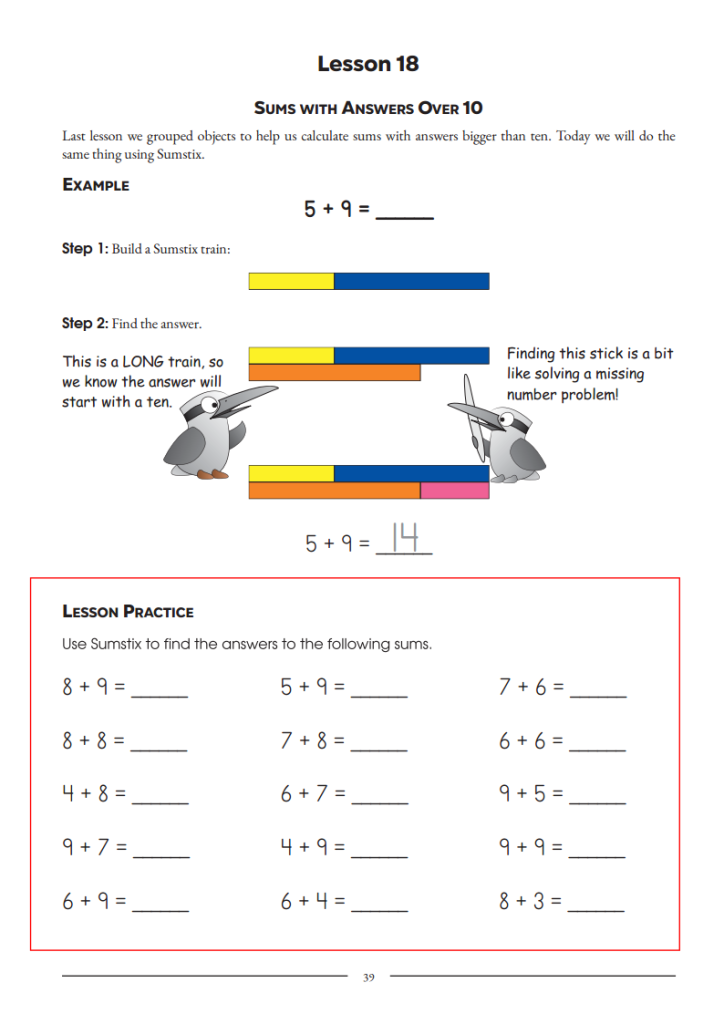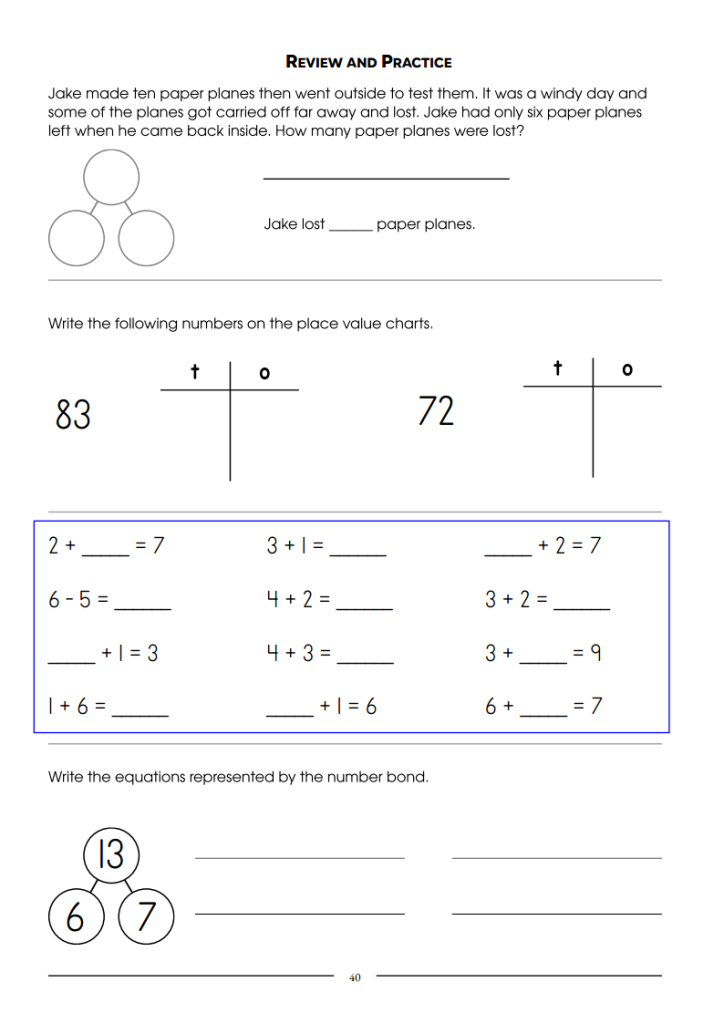Do any of these situations sound familiar?
- Your child is happily doing their maths lesson until they come to a block of problems and “spit the dummy” refusing to go any further.
- Your child is happily working through their maths lesson but they are going SUPER S-L-O-W-L-Y and you have an appointment to get to.
- You notice that there are some repeated questions in a block of problems and your kid has figured this out as well so they are just copying the answers across.
Writing a maths book is a little like fortune telling. You try to come up with a set of lessons and problems that will fit most situations but it can (and will) never be a perfect match for everyone (if indeed anyone).
In compiling the lessons in Milestone Maths, careful consideration was given to providing enough practice problems for even the slowest of learners to master the concepts being taught while including enough stimulating and challenging problems to keep the other end of the spectrum happy as well. It’s a tough call, but to achieve it, we necessarily have to include more problems than the average, or better, student actually needs as well as some problems that the slower students will not be able to handle.
So, how do you approach this? The answer is simple: you adjust the pace to suit your child. Let’s look at a couple of examples. We’ll start with lesson 4 from Student Book C1. This lesson reviews material from level B so it is in a slightly different format to most lessons.


This lesson is a concept lesson. It teaches (or rather reviews) the concept of subtraction and how we may use Sumstix to solve subtraction problems. While the child should have learned all the subtraction facts listed in the red box in level B, they might still be mastering them (or may have forgotten them if they took the regular end-of-year school holiday). Solving every one of the problems using Sumstix will likely take a long time and become tedious, so you should decide how many is reasonable for your child to solve. To avoid the decision and to increase motiviation why not make a race of it and give them two or three minutes to solve as many as they can? A good option if your child has a tendency to sloppy work is to make a deal like, “You may stop when you’ve answered five in a row correctly on the first try!”
Similarly, the problems marked in blue are also a review of concept. Most children who have completed level B should find them trivially easy. If your child is one of these, let them choose how many they do (but it should be at least one!). If your child is still struggling with the idea (or new to the program), you should probably expect them to do all of the problems.
If your child works slowly but needs the practice, you’ll be best to divide the longer lessons into two and have them complete each lesson over two days. Generally, it will work best to have the child do half of the problems in each section on both days. Because Milestone Maths only provides lessons for four days per week during regular school terms, there’s plenty of built in flexibility to slow the pace down like this. Also, when you get to a topic that is easy or that your child has already mastered, you can always skip the odd lesson or do two lessons in one day.
Now let’s consider a more ‘typical’ lesson from level C.


In this lesson, as in most, the first part introduces a new concept (or gives a new perspective on one that was taught earlier). The problems in the red box give more than enough practice for the child to get the idea so you can follow a similar strategy to that outlined above.
Eventually, all the facts in the red box will need to be mastered to the point where the child does not need to use Sumstix to solve them but that is the purpose of the drills, not the lessons. Note that the drills intentionally move slower than the lessons because the number facts will take longer to learn than the basic concepts for most children. (It’s a bit like reading and spelling: most kids will learn to read faster than they will learn to spell.)
The “Review and Practice” section of most lessons is really a series of concept ‘drills’ and in general most children should complete all the problems in this section. The exercise marked with the blue rectangle is a mini-drill of an important skill so your child should be encouraged to complete as much of it as they are able but, if necessary, you could limit the time spent on it to avoid frustration on both sides.
Occasionally, a challenging problem will appear in the “Review and Practice” section and then it is left to your discretion whether you should require the child to do the problem or not. If your child is not able to solve the challenging problem on their own, it will usually be a good idea for you to demonstrate the solution to your child, since watching you do so will develop their own problem solving skills.

